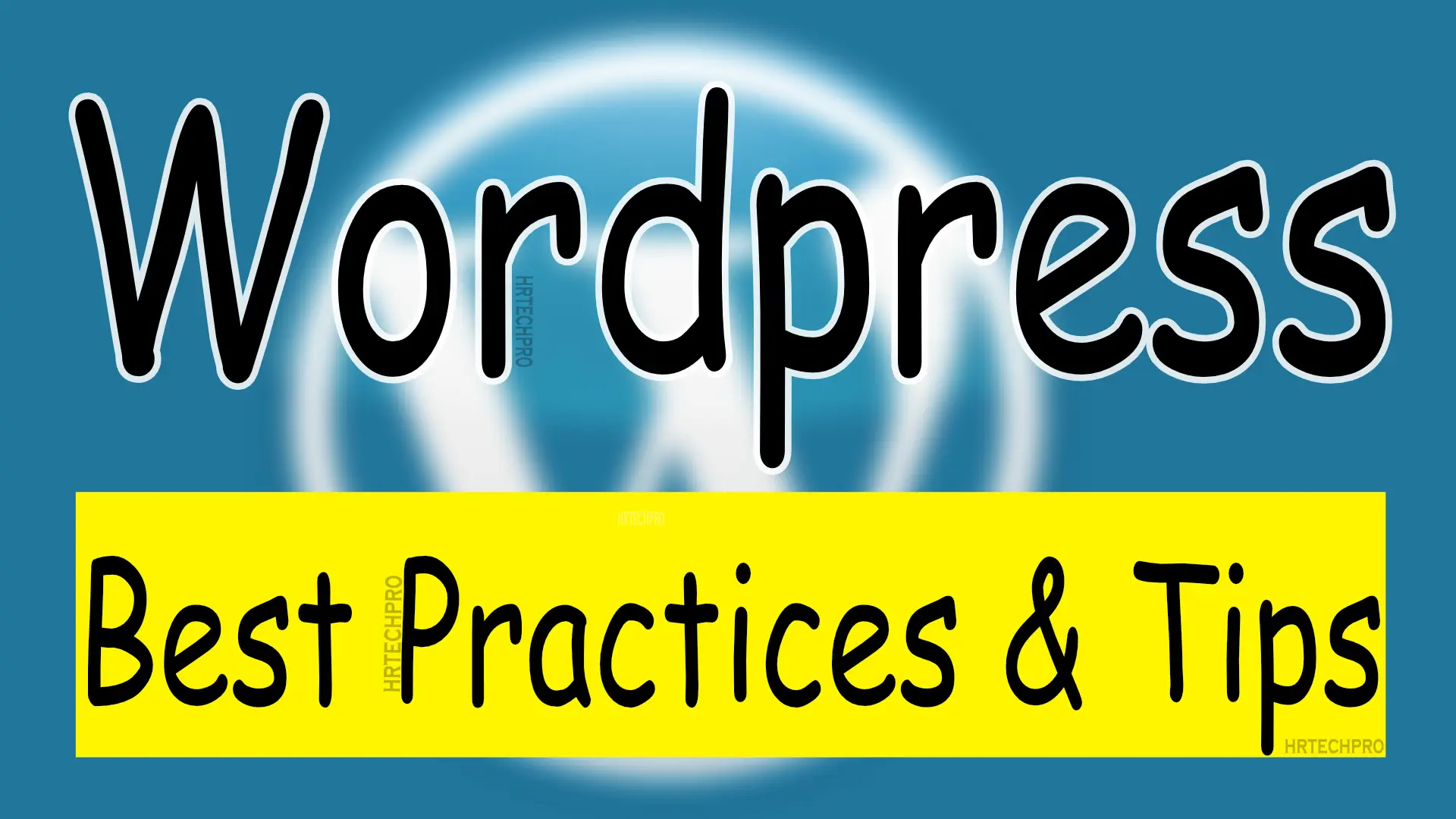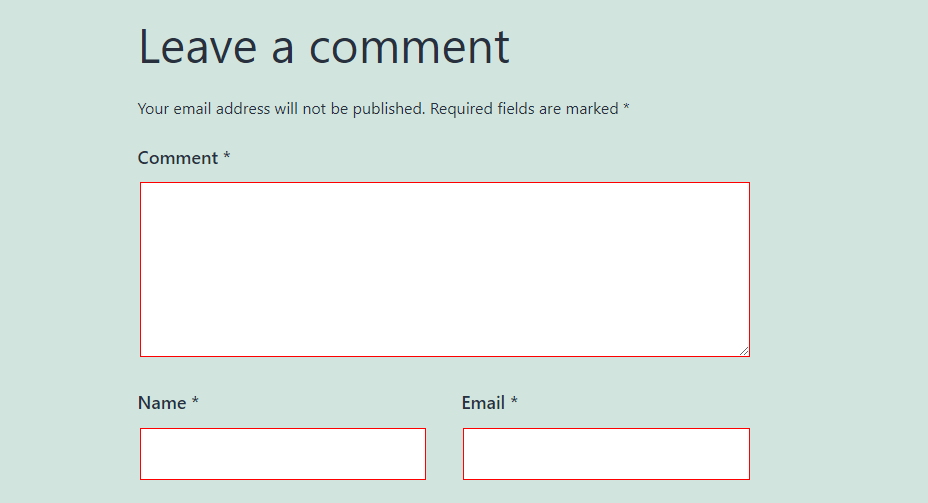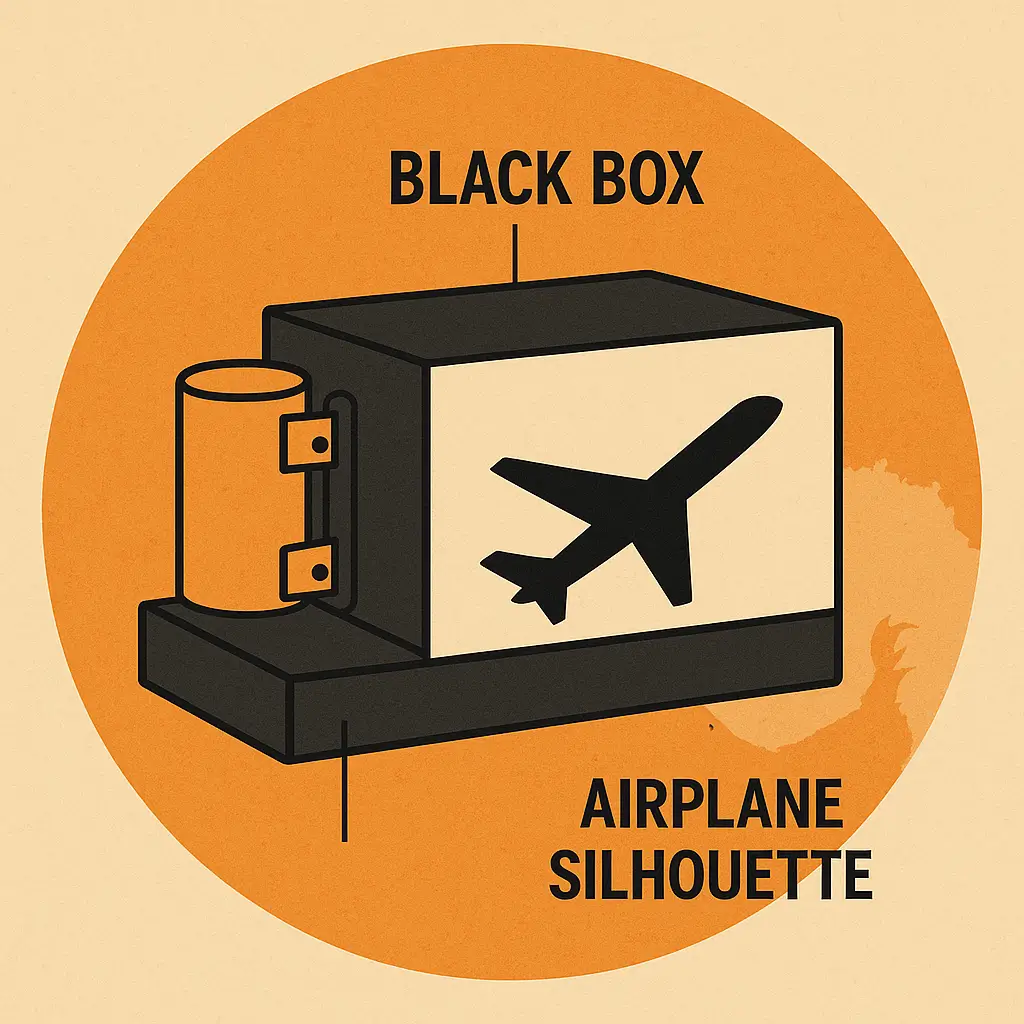WordPress Best Practices and Tips
WordPress is an incredibly powerful and flexible platform that allows you to build and manage your website with ease. However, as with any technology, there are best practices and tips that you should be aware of to ensure that your WordPress site runs smoothly and efficiently. In this article, we’ll explore some of the best practices and tips for using WordPress, from setting up your site to managing it over the long term.
1. Choose a Good Hosting Provider
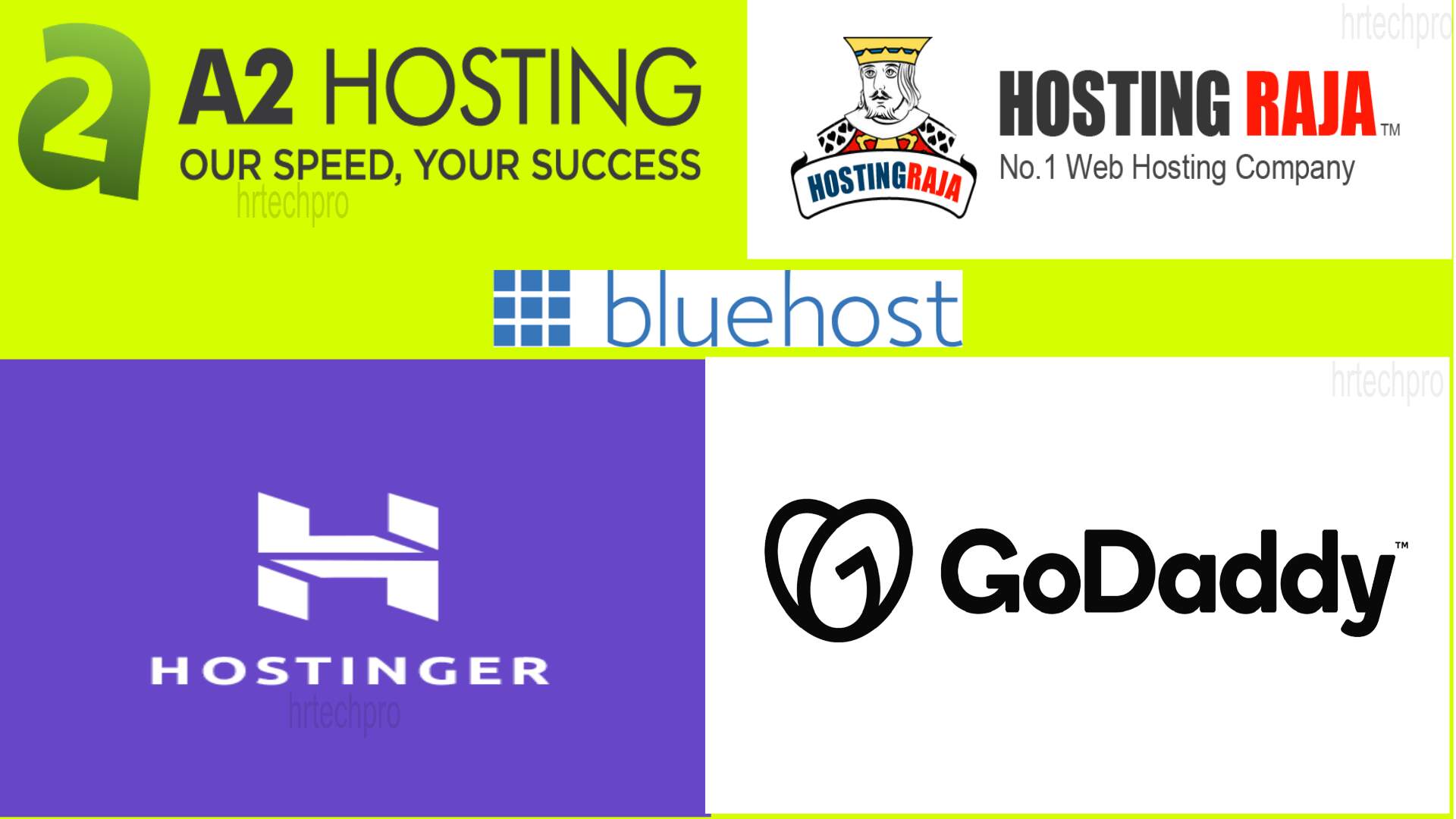
One of the most important decisions you’ll make when setting up your WordPress site is choosing a good hosting provider. A good hosting provider will ensure that your site is fast, reliable, and secure. Look for a provider that offers good uptime, fast load times, and excellent customer support. Some popular options for WordPress hosting please check this article: Best Hosting Service
2. Use a Clean and Responsive Theme
Your WordPress theme is the visual backbone of your site, and it’s important to choose one that is both clean and responsive. A clean theme will ensure that your site is easy to navigate and that your content is easy to read. A responsive theme, on the other hand, will ensure that your site looks great on all devices, from desktops to smartphones.
3. Install Essential Plugins
Plugins are a great way to add functionality to your WordPress site, but it’s important to be selective and install only essential plugins. Too many plugins can slow down your site and even make it vulnerable to security threats. Some essential plugins include Yoast SEO, Jetpack, and WPForms.
4. Secure Your Site
WordPress is a popular target for hackers, so it’s important to take steps to secure your site. Some best practices for securing your WordPress site include using strong passwords, keeping your site and plugins up to date, and installing a security plugin like Wordfence or iThemes Security.
5. Optimize Your Site for Speed
Site speed is crucial for user experience and search engine optimization (SEO). To optimize your site for speed, consider using a caching plugin like WP Rocket or W3 Total Cache, compressing your images, and minimizing HTTP requests.
6. Use SEO Best Practices
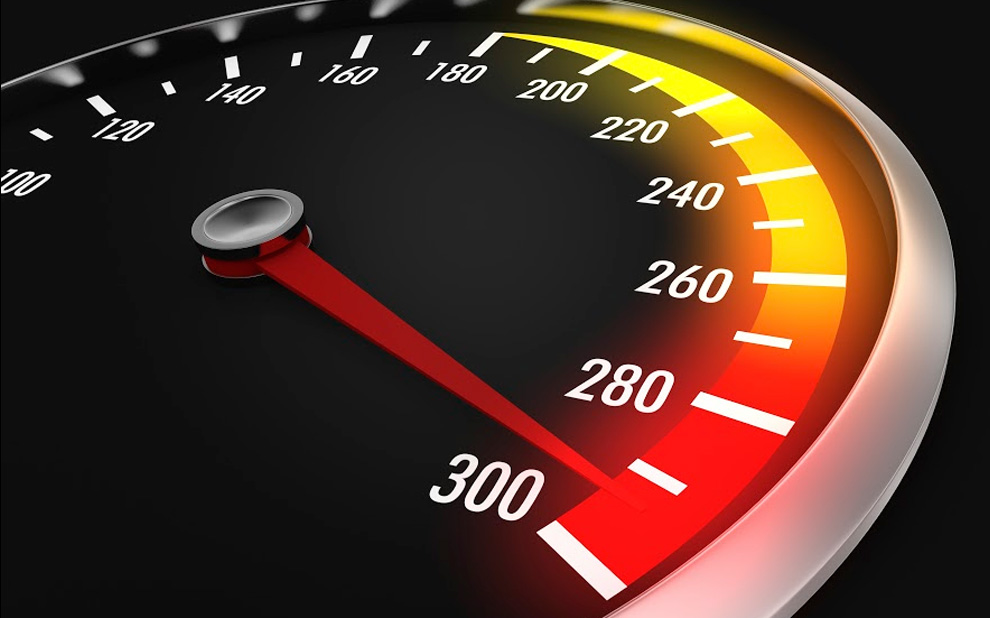
Search engine optimization (SEO) is essential for driving traffic to your site. Some SEO best practices for WordPress include using a plugin like Yoast SEO, optimizing your site structure and content for keywords, and building high-quality backlinks.
7. Regularly Backup Your Site
Backing up your WordPress site is essential to protect against data loss or website downtime. Many hosting providers offer automatic backups, but it’s a good idea to also use a plugin like UpdraftPlus or BackupBuddy to create additional backups.
8. Keep Your Site Up to Date
Keeping your WordPress site and plugins up to date is crucial for security and performance. Regularly check for updates and install them as soon as they become available.
9. Optimize Your Images
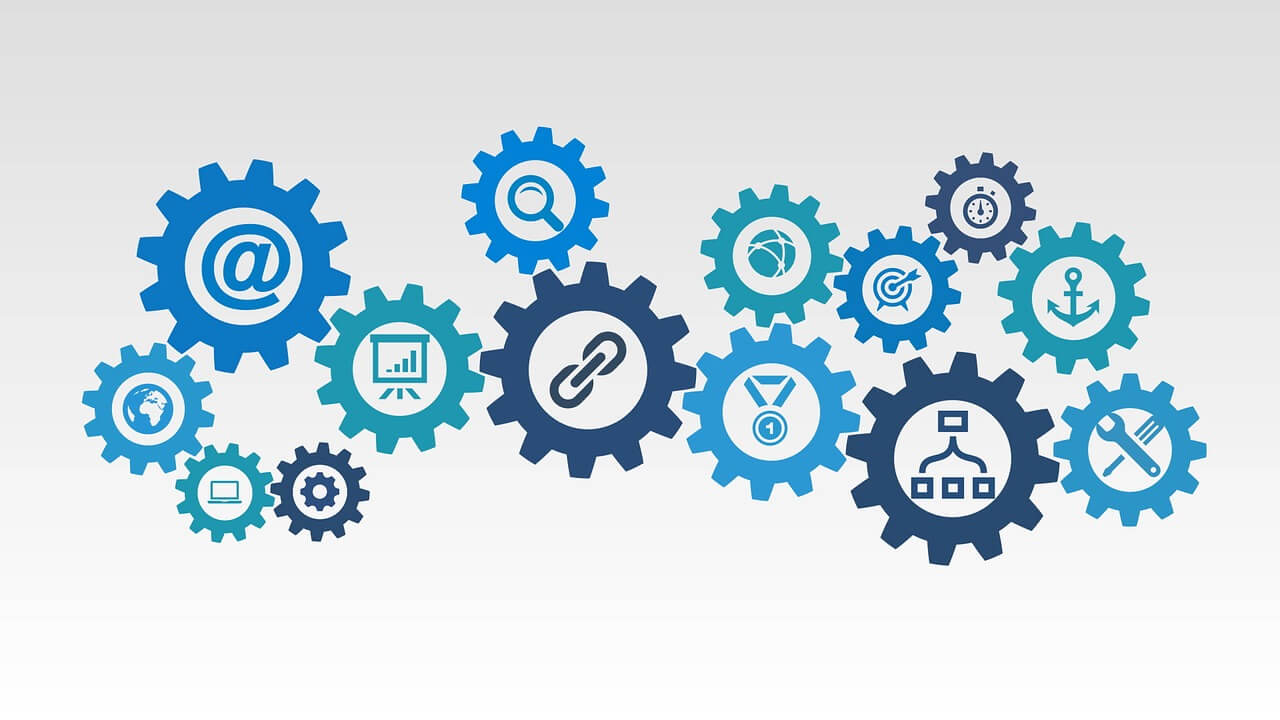
Images are a crucial part of your site, but they can also slow down your site if they are not optimized. To optimize your images, consider compressing them using a tool like TinyPNG, using the correct file format (JPEG for photos, PNG for graphics), and resizing them to the correct dimensions.
10. Use Google Analytics
Google Analytics is a free tool that allows you to track your site’s traffic, engagement, and other important metrics. By installing the Google Analytics plugin for WordPress and linking it to your site, you can get valuable insights into how your site is performing and where you can make improvements.
Conclusion
By following these WordPress best practices and tips, you can ensure that your site is fast, secure, and optimized for both users and search engines. Remember to choose a good hosting provider, use a clean

